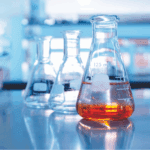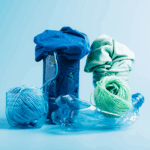The EU has published its guidelines to reduce waste by 2030 as part of its Green Deal legislation.
Textiles have the fourth highest impact on the environment and climate after food, housing and transport. The manufacture of textiles is one of the top three consumers of water and land and the top five in terms of CO2 emissions and is a major consumer of chemicals and a significant source of pollution all over the world.
Global textiles recycling – less than 1%
Each year the equivalent of 11.3kg of textile is discarded by each person in the EU amounting to around 5.8 million tonnes of textiles. The vast majority of textile waste is not recycled in a meaningful way and less than 1% of global textiles are recycled. This means that one truckload of textile waste goes to landfill or incineration every second!
Textile waste reduction
A fundamental way to reduce this waste is to design and engineer textiles to make them last longer and be easier to repair or recycle. In effect textile waste reduction through increased textile recyclability and textile durability.
In the EU, approximately 9 out of 10 Europeans think that clothing should be made to last longer.
Eurofins Sustainability Services support this perspective and are developing two new services to help our customers reduce their impacts. These are
- Durability standards for textiles, footwear and cookware, which will provide metrics to certify that these products are more durable and longer lasting than standard ones on the market
- Recyclability assessments that can provide guidance on the recyclability of a consumer product
These metrics will also form useful information to add to digital product passports and increasing labelling requirements which will be required in EU member states in the coming years.
Contact us to find out how we can help your business be more sustainable and prepare for current and future legislation.
Source; EU flier on sustainable textiles – ISBN 978-92-76-49515-4 – 30 March 2022




